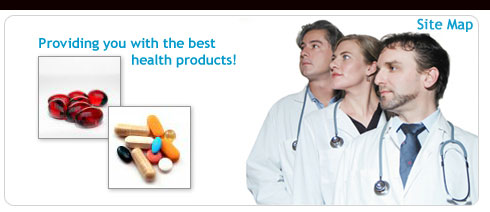by Barbara Pfieffer
There is a way to get real health, health from the food you eat, what you buy
or don't buy at the store, habits you establish. I've broken it down into several
small steps. Those are usually easier to get used to. However, if you want to
jump in full tilt, go ahead!
|  |
|
It seems to be a huge job. You may be overweight, or obese. You might be on prescription
drugs, or afraid of getting a chronic health problem like diabetes. So we will
just start at the beginning. Begin by evaluating where you are now. I think it's
good to get a baseline. Numbers are a concrete way to show progress, in addition
to how you are feeling. You can't know how far you've come, if you don't know
where you started!
Write down the following information: weight, measurements, medicines taken (both
prescription and non-prescription, like Rolaids or Tylenol), blood pressure if
you know it. If not, go to your doctor and find that out. And while you're there,
get a full range of blood tests, to find out your triglycerides, blood sugar,
cholesterol, and other important readings. I would also make the effort to find
a Pharmanex scanner rep in your area and get your antioxidant score.
Next, keep a food diary for a week. No one else has to see it, I promise! Write
down everything that passes your lips for a week, no cheating. Use brand names.
Don't put down 2 slices of bread, write 2 slices of honey whole wheat bread from
Trader Joe's, for instance. If you want to add more information, like, time of
day, mood, situation, any side effects, like gas or heartburn, that will just
give you additional information to look at later.
Now, you need to decide what changes you are going to make. They can be small
ones or large ones. A small one usually works better at least in the beginning.
Try doing one or two of these for at least two weeks.
Examples of small changes:
1. Reduce your number of caffeinated beverages in half. Replace them with filtered
water.
2. Check the labels of food you eat often, such as bread, packaged foods, or frozen
foods. look for ingredients that can cause disease. If you find them, look for
a substitution.
3. Reduce the number of diet drinks with artificial sweetners that you drink.
4. Get out in the sun for 15-20 minutes a day, more if you are dark-skinned. This
means out in the sun, no sunscreen.
5. Switch to whole grains, especially in bread and rice and pasta.
Ingredients to look out for:
* Sodium nitrite
* Aspartame
* Hydrogenated or partially hydrogenated oils of any sort
* Foods with monosodium glutamate or other forms or free glutamate acid-
- MSG (monosodium glutamate)
- Hydrolyzed Vegetable Protein
- Hydrolyzed Protein
- Hydrolyzed Plant Protein
- Plant Protein Extract
- Sodium Caseinate
- Calcium Caseinate
- Yeast Extract
- Textured Protein
- Autolyzed Yeast
- Hydrolyzed Oat Flour
About the Author
Barbara Pfieffer writes about gaining real health on her blog, Real Health.
|


